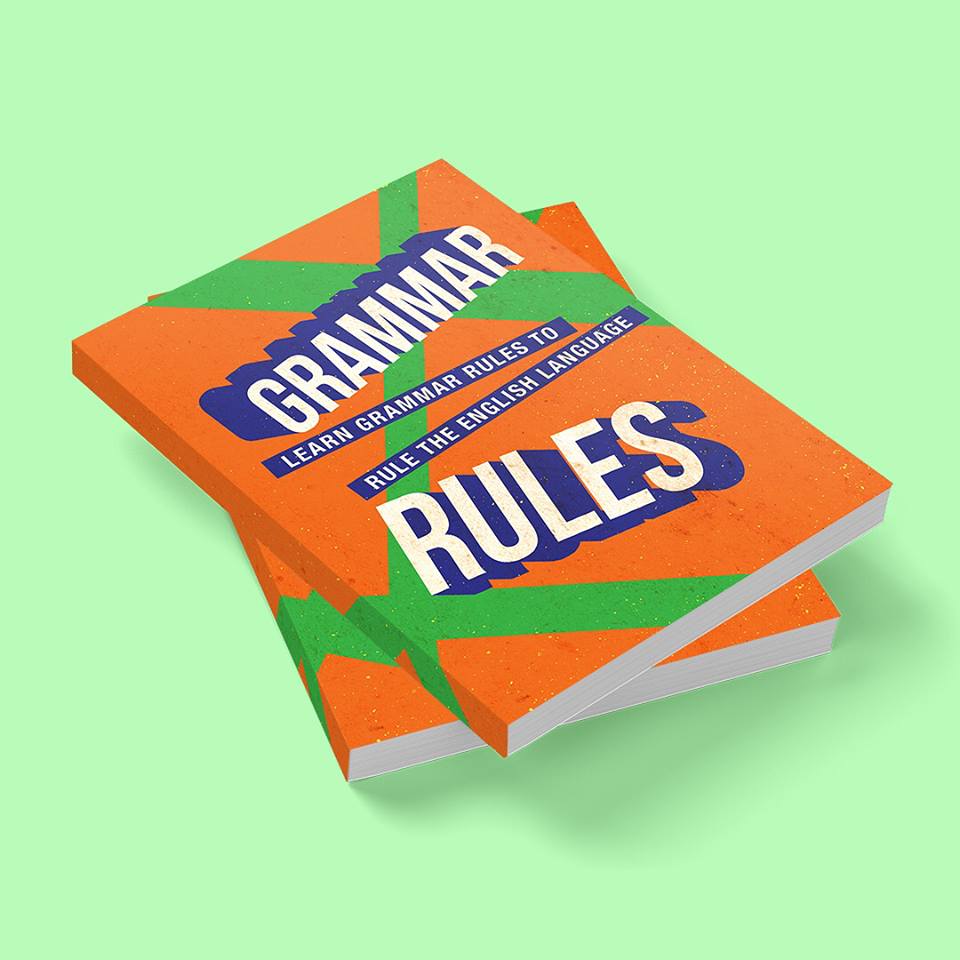Grammar Rules: A Free Grammar Guidebook
Submitted by KiasuEditor
 Last month, Singapore’s Speak Good English Movement launched its free pocket-sized book of grammar tips, titled “Grammar Rules,” and 10,000 copies were reportedly snapped up within two days.
Last month, Singapore’s Speak Good English Movement launched its free pocket-sized book of grammar tips, titled “Grammar Rules,” and 10,000 copies were reportedly snapped up within two days.
“When we started working on this book almost a year ago, I thought it was a great idea as it reminded me of the ‘First Aid In English’ book that I used to carry around with me in my backpack as a young boy,” says Little Ong of fFurious, the creative agency responsible for the book’s design. “That book was a great help to my English as it was not only comprehensive, but… also easy to digest due to the way it was structured in short, unintimidating sections.”
A pdf version is available, and a reprint is being arranged. But as with all guidebooks, our advice to parents would be to use it wisely—if in doubt, seek a second opinion. Below, we highlight some areas of concern that parents may wish to take note of.
#1 “Who” or “Whom?”
From p.24 of “Grammar Rules”:
Whom is used only as the object of a verb. Both who and whom can be the object of a preposition but if the preposition comes before the pronoun, you must use whom. This is illustrated in the examples below.
E.g.
Whom/who did you speak to about this matter?
To whom did you speak about this matter?
The easier way to derive an answer to the who/whom conundrum is to construct a related sentence using “he” or “him.”
For instance, in both the examples listed by “Grammar Rules,” we can respond with “I spoke to him about this matter,” which indicates that “whom” would be the best choice in both scenarios.
You can read the full explanation here, along with more examples for the “he vs. him” substitution trick. It’s a useful test tip for primary schoolers.
#2 “Continuous” or “Continual?”
From p.95 of “Grammar Rules”:
Gaffe: He smoked despite the continuous warnings of his Principal.
Correct: He smoked despite the continual warnings of his Principal.
“Grammar Rules” is right, but an explanation would have been helpful. The reason is that “continuous” is synonymous with “non-stop” or “uninterrupted,” while “continual” implies that an action recurs, but with pauses in between.
#3 “Regards” or “Regard?”
From p.99 of “Grammar Rules”:
Singaporean Blunder: With regards to the matter, I think …
Standard English: With regard to the matter, I think …
Here is Grammarist’s opinion: “But while some people continue to insist that using regards in place of regard is simply incorrect, the old distinction is not consistently borne out in real-world, 21st-century usage. Regards is commonly used both ways, both in edited writing and elsewhere.”
#4 “Upgrade” or “Improve?”
From p.101 of “Grammar Rules”:
Singaporean Blunder: Lisa is taking writing classes to upgrade her skills.
Standard English: Lisa is taking writing classes to improve her skills.
If this is a blunder, it’s not confined to Singapore’s shores. Run a search in Google News and you’ll find media outlets from all over the world using “upgrade” to describe the act of skill enhancement.
Vocabulary.com defines the verb “upgrade” as “[raising] in value or esteem” or “[improving] what was old or outdated.” Viewed in this perspective, there doesn’t seem to be a compelling reason for favouring “improve” over “upgrade.”
#5 “Draw” or “Withdraw?”
From p.103 of “Grammar Rules”:
Singaporean Blunder: I need to draw money from the ATM.
Standard English: I need to withdraw money from the ATM.
Contrary to what “Grammar Rules” recommends, Cambridge Dictionary provides this definition for “draw”: “to get money from a bank, account, etc. so that you can use it.” It also gives this example sentence: “I drew some money out of my account to pay for our trip.”